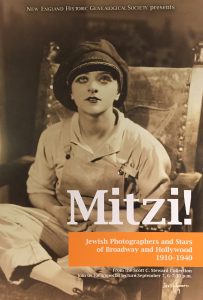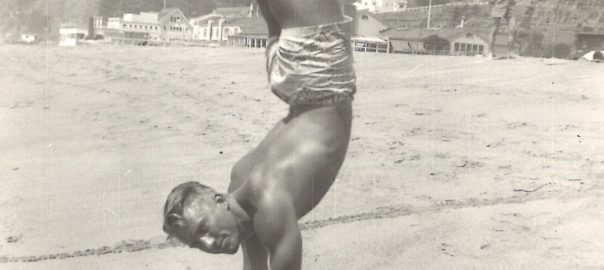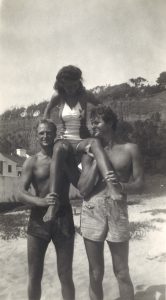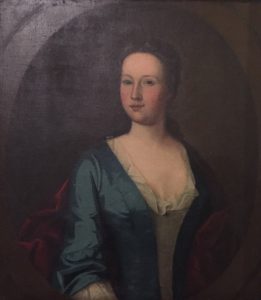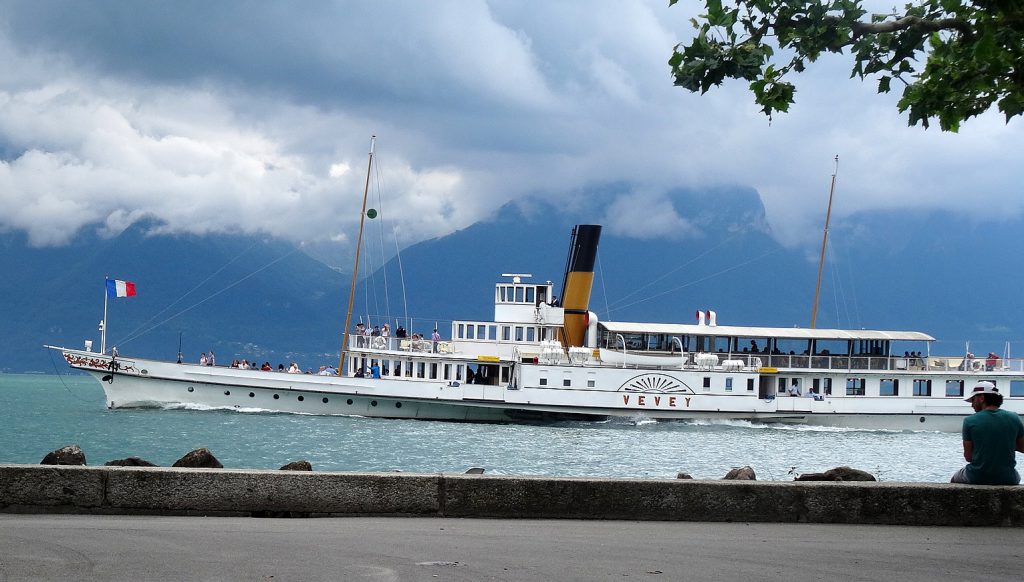
One of the trends in my ancestry is the curious one whereby, when given the choice between staying in a locale or moving on, my nineteenth-century forebears often remained behind as other relatives ventured further west. One of the sadder family stories is covered in the 1999 book Intimate Frontiers: Sex, Gender, and Culture in Old California, by Albert L. Hurtado, and concerns my great-great-great-uncle John Henry Beeckman (1818–1850).
Uncle John was the eldest son of Henry Beeckman and Catherine McPhaedris Livingston, and the family was a prosperous one in the days before the Civil War. That they were socially acceptable to New Yorkers and Virginians alike is suggested by the fact that John H. Beeckman married Margaret Gardiner in 1848 at the Virginia plantation of the bride’s brother-in-law, former President John Tyler. Still, John Beeckman was a young man, fired up by the discovery of gold in California, and in 1849 he left bride and newborn son to travel west. Continue reading Lost generations
